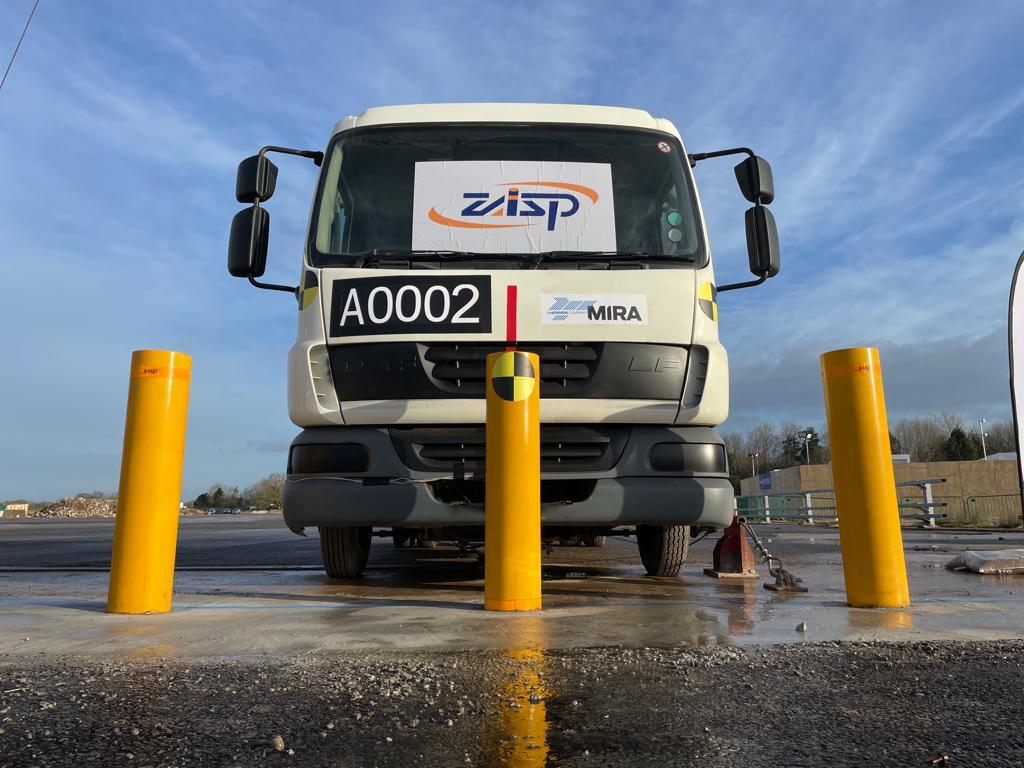Automatic bollards can be high impact or low impact resistant. Some are strong enough to resist vehicles, while others are non-abrasive, bend on impact and serve only as a visual barrier. Bollards are used to protect pedestrians and infrastructure, as well as to control traffic flow.
In many cases, bollards are installed in a row to increase visual awareness and protect the larger perimeter. In these cases, how far should the bollards be from each other and from the curb?
Storefronts or buildings
Impact-resistant bollards are often recommended when protecting valuable storefronts and store occupants. Steel pipe safety bollards are often used; however, due to their rough aesthetics, decorative bollard caps are used on top to add attractive design features.
Post Spacing
Maintain a minimum distance of 3 feet between each bollard, but not more than 5 feet, or the bollard’s ability to protect cars will be compromised.
Campus Ground Safety
Fixed bollards are an effective way to mark the end of vehicular traffic and the beginning of pedestrian-only zones on campus. Place them in bus zones, at parent pick-up points, around school entrances or at the top of long stairways. To accommodate students and staff who ride bicycles to campus, consider using bicycle bollards.
Post Spacing
Pedestrian traffic areas must follow the standard bollard spacing of 3 to 5 feet between each bollard. Fire lanes and access roads must allow for emergency vehicle access.

Sidewalk Safety and Traffic Calming
Street bollards are part of a traffic calming strategy to improve driving safety. At crosswalks and sidewalks, they provide drivers with visual cues near the curb and create a physical barrier between pedestrians and vehicles.
Bollard Spacing
Ideally, bollards should be placed 1.5 feet from the curb where cars are allowed to park. The distance between bollards should be between 3 and 5 feet, sufficient for pedestrian and wheelchair access, but close enough to deter vehicle entry.

Asset Protection
Use asset protection bollards when protecting electrical boxes or other utilities. This will keep vehicles at a safe distance and will also deter people from tampering or loitering. These handy bollards are also helpful in warehouse spaces or supermarkets to prevent carts and transfer vehicles from crashing into the inventory.
Bollard Spacing
When protecting utilities that do not require pedestrian egress, bollard spacing can be close together if desired. If installed on private property, there may be more flexibility in placement.
Loading dock security
The loading dock is where the containers meet the warehouse loading area for loading and unloading inventory. Trucks must back up to the loading dock in such a way that the dock opening and truck car opening are aligned. Movable bollards also provide access control to the warehouse dock.
Bollard Spacing
Bollards can be spaced according to the judgment of the warehouse site planner. Typically, standard U.S. cargo containers have bumper plates with exterior dimensions of approximately 8 feet, matching the exterior width of most containers.

Parking Lot Security
Flexible bollards can help direct traffic in congested areas, such as parking lots where efficient traffic flow is difficult to find. Parking bollards can also protect parking infrastructure such as ticket machines and officer booths.
Bollard Spacing
If bollards are used to identify pedestrian crossings in parking lots, the distance between bollards should be between 3 and 5 feet. This creates enough space for pedestrian and wheelchair access, but does not allow vehicles to pass.

Site Planning Points
Bollard spacing is as important as the method of installation and has a significant impact on bollard function and pedestrian accessibility. Bollards that do not adhere to spacing standards may violate local bylaws and ordinances and may be subject to removal. Site planners and installers must be aware of local codes and site requirements, as well as the intended outcome of the bollard application itself.
Please follow ZASP to find more our bollard products, and contact us to get the quote.


